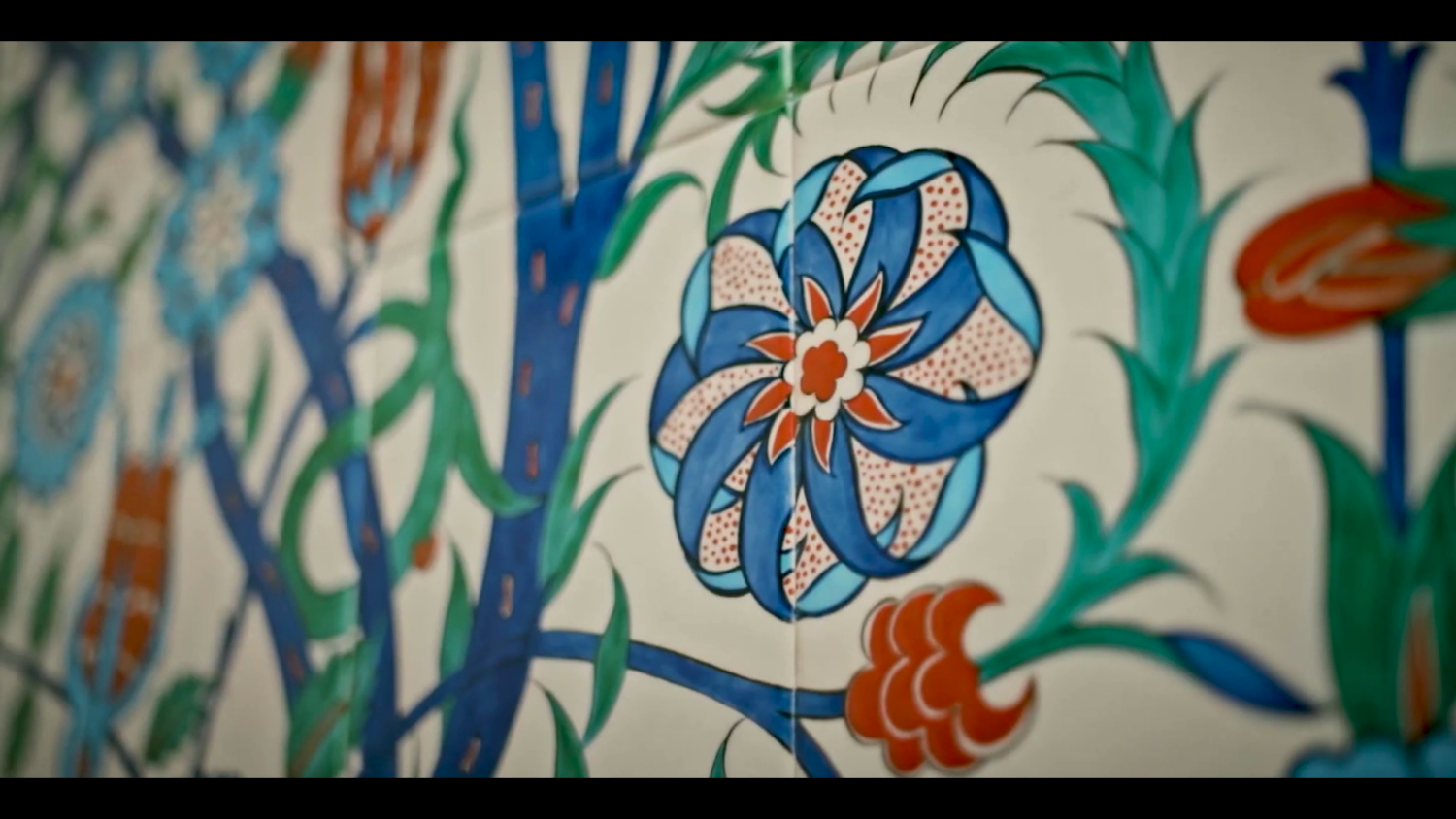Tile Art
TILE ART, a form of art closely associated with Turkish culture, has a history of more than a thousand years.
Known as a traditional Turkish handicraft, “Tile” involves shaping and coloring clay after it has been fired, and it has been used in both decorative arts and daily life.
Tile art is composed of motifs, shapes, and colors. They are used in interior and exterior architecture to add color and decorate with motifs.
Tiles have been used for decoration purposes in museums, palaces, mosques and other historical places.
İznik tiles, in particular, were used to decorate various palaces, mosques, and mausoleums during the Ottoman Empire.
Tile art, above all, is an art of patience and it is a difficult art type that demands significant time and effort. This art, in which creativity is utilized, is a reflection of the artisan’s interpretation through the combination of colors and patterns.
In tile decorations, geometric shapes symbolizing the order and functioning of the universe and beliefs, floral ornaments and animal figures are commonly used with different color compositions. Tile art, which developed in connection with architecture, contains many styles. It is possible to see these styles, each having a different story, in many historical works. Particularly historical sites in Türkiye, especially mosques, offer unique examples of this art form.













